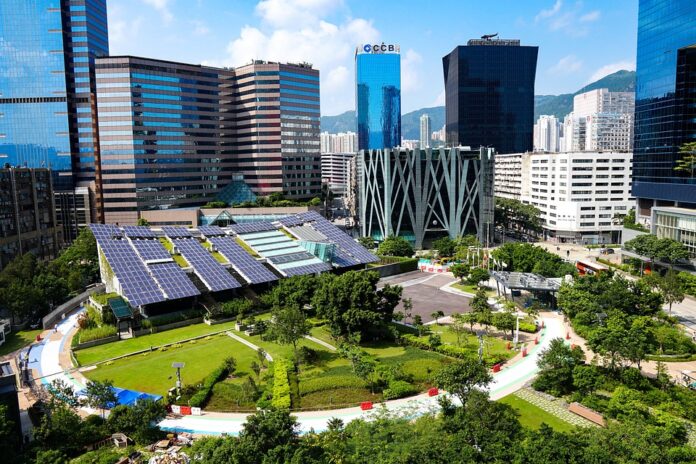Living in Harmony with Nature: The Rise of Eco-Friendly Homes
Living in balance with the natural environment is a more pressing issue than it has ever been before in modern times. As worries about global warming and environmental degradation grow, more and more individuals are seeking methods to reduce their environmental footprint. Adding eco-friendly features to their houses is one way that a lot of people are accomplishing this. In an effort to lessen their impact on the environment and live more sustainably, more and more individuals are looking for environmentally friendly housing options.
Advantages of Sustainable Residences
There are several advantages to building an eco-friendly house for the individual and the planet. Less energy use is one of the main advantages. Households may lessen their impact on the environment and cut costs on energy by switching to renewable energy sources and installing energy-efficient appliances and solar panels. This aids in lowering emissions of greenhouse gases and, in the end, saves money.
Better indoor air quality is just another perk of environmentally conscious dwellings. Poor indoor air quality is a result of the chemical emissions produced by many traditional construction materials. Contrarily, eco-friendly houses prioritize the health of their inhabitants while minimizing their impact on the environment by utilizing non-toxic materials. As a result, people may be less likely to experience respiratory difficulties and other health issues, and the living conditions may improve.
In the long run, eco-friendly houses also cost less to maintain. These houses reduce their environmental effect and aid in resource conservation since they use renewable energy sources and materials. With a growing global population and diminishing resources, this is more crucial than ever. Green houses not only benefit the environment, but also serve as a model for generations to come, making our planet a better place to live in the long run.
Creating a Sustainable House Plan
An eco-friendly home can be designed in a variety of ways. Switching to more energy-efficient appliances and light bulbs is a typical strategy. These have the potential to drastically cut down on energy usage and, in the long run, electricity costs. To generate sustainable energy and lessen one’s dependency on the grid, solar panels are another common choice.
Bamboo, cork, and reclaimed wood are some of the sustainable building materials commonly used in eco-friendly buildings, along with energy-efficient systems. In addition to being more eco-friendly, these materials provide a house a one-of-a-kind, fashionable appearance. To further lessen the home’s influence on the environment and save water, water-saving devices and fixtures like low-flow toilets and rainwater collecting systems can be installed.
A change of perspective towards sustainable living is necessary to live in a home that is environmentally friendly. Modifying routines like water usage, recycling rates, and trash production might be necessary. Homeowners may live in harmony with nature and drastically lessen their environmental footprint by adopting simple changes to their everyday lives.
An Eco-Friendly Home’s Bright Future
There will certainly be a rise in the demand for environmentally conscious housing as people become more conscious of the need to take action. Governments are incentivizing eco-friendliness in the housing market, and developers and architects are already integrating greener practices into their designs. Sustainable, energy-efficient, and health-promoting dwellings are the goals of the next generation of environmentally conscious home designers.
Constructing an environmentally conscious house may be expensive up front, but the payoff in the end is well worth it. A green house has several benefits, including less energy use, better interior air quality, and less of an effect on the environment. Efficient dwellings that minimize environmental impact will soon be the standard, thanks to rising awareness of the importance of sustainable practices and technological advancements.
Answers to Common Questions:
What exactly is an eco-friendly house? 1.
Sustainable, energy-efficient, and environmentally friendly features are hallmarks of an eco-friendly home. Reduced environmental impact and improved indoor air quality are two goals of the design process that went into these houses.
2. How can I reduce the environmental impact of my house?
Using solar panels, energy-efficient appliances, and sustainable construction materials are just a few of the numerous ways you can make your house greener. You may also do your part to reduce your home’s environmental effect by making little adjustments to your everyday routines, including using less water and recycling more.
3. Is it more costly to construct environmentally conscious houses?
Environmentally conscious houses may be more expensive to build than conventional ones, but they often wind up saving money on utility bills and repairs over time. In addition, many governments provide financial incentives and tax breaks to encourage the construction of environmentally friendly homes, expanding the pool of potential buyers.

